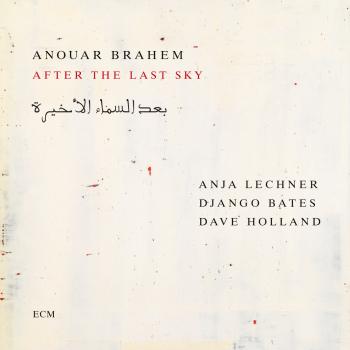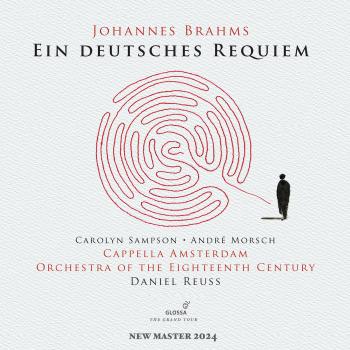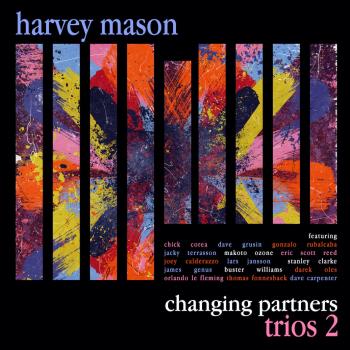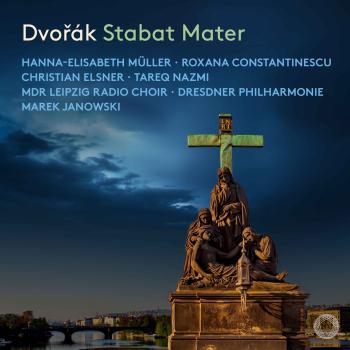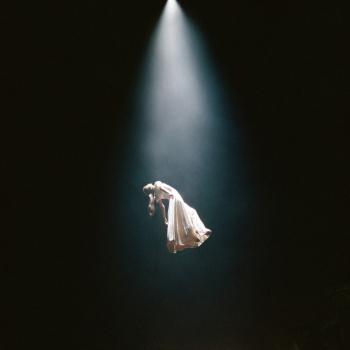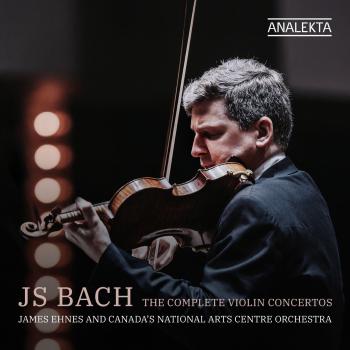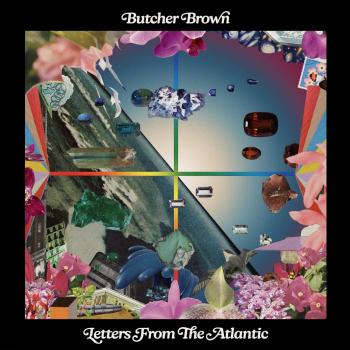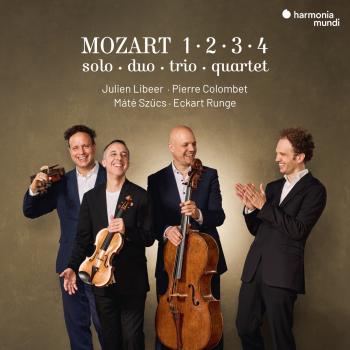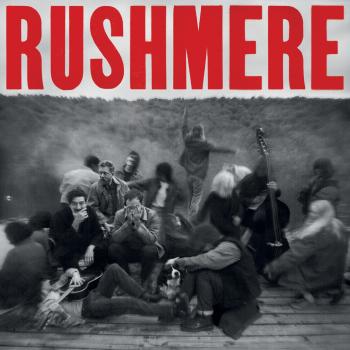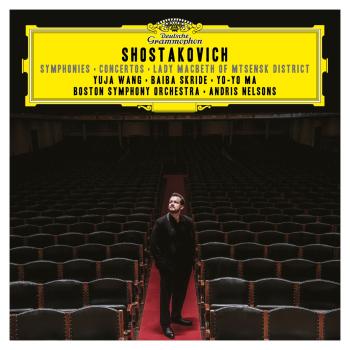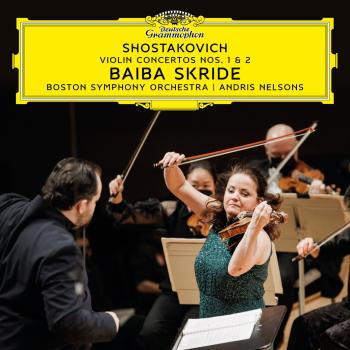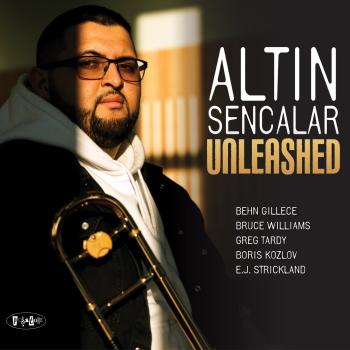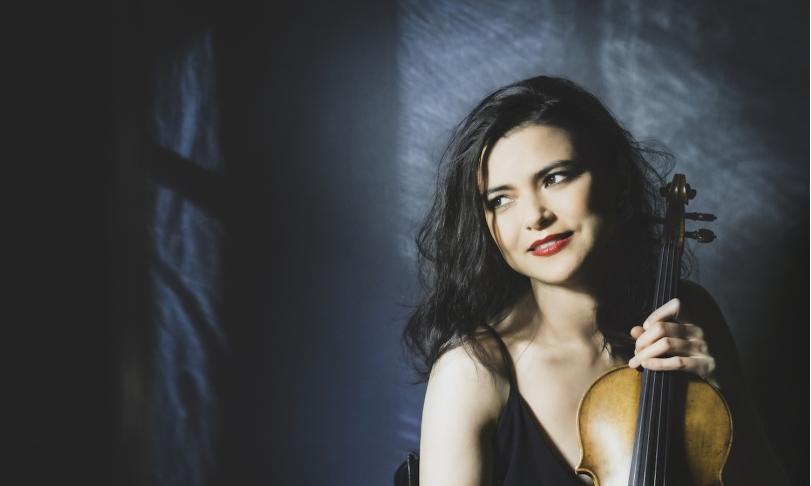
Piazzolla and the Argentine tango in the form of the Tango Nuevo belong together in an unbreakable way. For us today, tango without Piazzolla is almost unthinkable. It is less well known that Piazzolla, after having founded and successfully conducted his own tango orchestra in the forties, set out to become a classical composer in the fifties. That he was quite successful in this endeavor is evident from the fact that he won a number of composition prizes, including the Fabián Sevitzky Prize for his Sinfonía Buenos Aires, Op. 15, which led to a grant from the French government that brought Piazzolla together with the famous music educator Nadia Boulanger, who encouraged him to return to the tango at all costs. The rest is history.
His classical training is embodied, among other things, in the pieces on classical violinist Karen Gomyo's current album A Piazzolla Trilogy, pieces that skillfully integrate tango into the world of classical music. None of the Piazzolla pieces on the album are presented in their original form, as the solo parts originally conceived each piece for flute rather than violin, but this does not detract from their impact. Before Karen Gomyo, other violinists on the classical scene, such as Gidon Kremer, had already successfully brought arrangements of Piazzolla's compositions to the concert stage. The fact that Piazzolla's tango compositions and compositions based on the tango can also unfold their full, rhythmically convincing effect on the violin and do not seem like an alienating copy of the original compositions is due to the art of the respective violinists, to which the Japanese-born violinist Karen Gomyo obviously also belongs, who has already been an admirer of Piazzolla for some time and performs his works extremely successfully on the concert podium.
Presented for violin with orchestral accompaniment, "Cuatro Estaciones Porteñas" (Four Seasons of Buenos Aires) is based on an arrangement by Leonid Desyatnikov, which can also be described as a fantasia on music by Piazzolla and Vivaldi, whose Four Seasons Desyatnikov skillfully incorporated into Piazzolla compositions. Karen Gomyo, who is not afraid to add her own improvisations, including flashy violin tones to underscore the tango rhythm, shines with the Orchestre National des Pays de la Loire in a lively, brilliant performance of Leonid Desyatnikov's arrangement.
The " Cuatro Estaciones Porteñas" were recorded in the Congress Hall of the French city of Nantes, while "Histoire du Tango" as well as the "Tango-Études" were recorded in the Kulturkirche Nikodemus, Berlin, which contributes the appropriate atmosphere especially for the violin and guitar instrumentation of the "Études" with its larger, but not too large reverberation. Stephanie Jones proves to be a competent guitar soloist who owes nothing to the tango idiom. The "Tango-Études" (1987) draw on classical influences and are reminiscent of J.S. Bach's Partitas, exuding southern joie de vivre in the special timbres and rhythms of tango. The "Histoire du Tango" (1986) takes us entertainingly through the history of the tango from the point of view of Astor Piazzolla.
A Piazzolla Trilogy, thanks to first-class performing artists, succeeds seemingly effortlessly in integrating the world of tango nuevo into the world of classical music, which is Astor Piazzolla's second home, having seriously studied classical music. Highly recommended.
Karen Gomyo, violin, direction
Stephanie Jones, guitar
Orchestre National des Pays de la Loire

